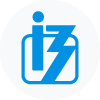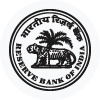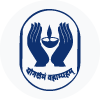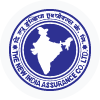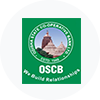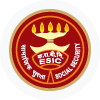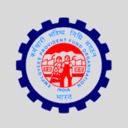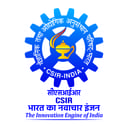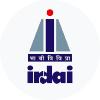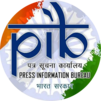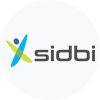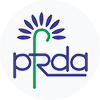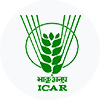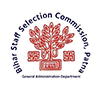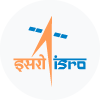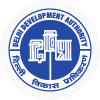SNAP Syllabus 2024
The SNAP syllabus covers the following topics:
General English
- Grammar
- Vocabulary
- Sentence completion
- Comprehension
Analytical & Logical Reasoning
- Logical reasoning
- Critical thinking
- Problem-solving
Quantitative, Data Interpretation & Data Sufficiency
- Arithmetic
- Algebra
- Geometry
- Trigonometry
- Data interpretation
- Data sufficiency
Here is a more detailed breakdown of the topics covered in each section:
General English
The General English section of the SNAP exam tests your ability to understand and use the English language. The questions in this section will cover a variety of topics, including grammar, vocabulary, sentence completion, and comprehension.
Here are some specific examples of the types of questions you may encounter in the General English section:
- Identify the grammatical error in the sentence.
- Choose the correct meaning of the word in context.
- Complete the sentence with the most appropriate word or phrase.
- Answer questions about the meaning of a passage or article.
Analytical & Logical Reasoning
The Analytical & Logical Reasoning section of the SNAP exam tests your ability to think logically and solve problems. The questions in this section will cover a variety of topics, including logical reasoning, critical thinking, and problem-solving.
Here are some specific examples of the types of questions you may encounter in the Analytical & Logical Reasoning section:
- Identify the logical conclusion of a series of statements.
- Identify the strongest argument in a passage.
- Solve a puzzle or logic problem.
- Analyze data and draw conclusions.
Quantitative, Data Interpretation & Data Sufficiency
The Quantitative, Data Interpretation & Data Sufficiency section of the SNAP exam tests your quantitative and analytical skills. The questions in this section will cover a variety of topics, including arithmetic, algebra, geometry, trigonometry, data interpretation, and data sufficiency.
Here are some specific examples of the types of questions you may encounter in the Quantitative, Data Interpretation & Data Sufficiency section:
- Solve a math problem.
- Interpret a graph or table.
- Determine whether a given set of data is sufficient to answer a question.
- Apply mathematical concepts to solve real-world problems.
 Mock Tests
Mock Tests Category
Category











